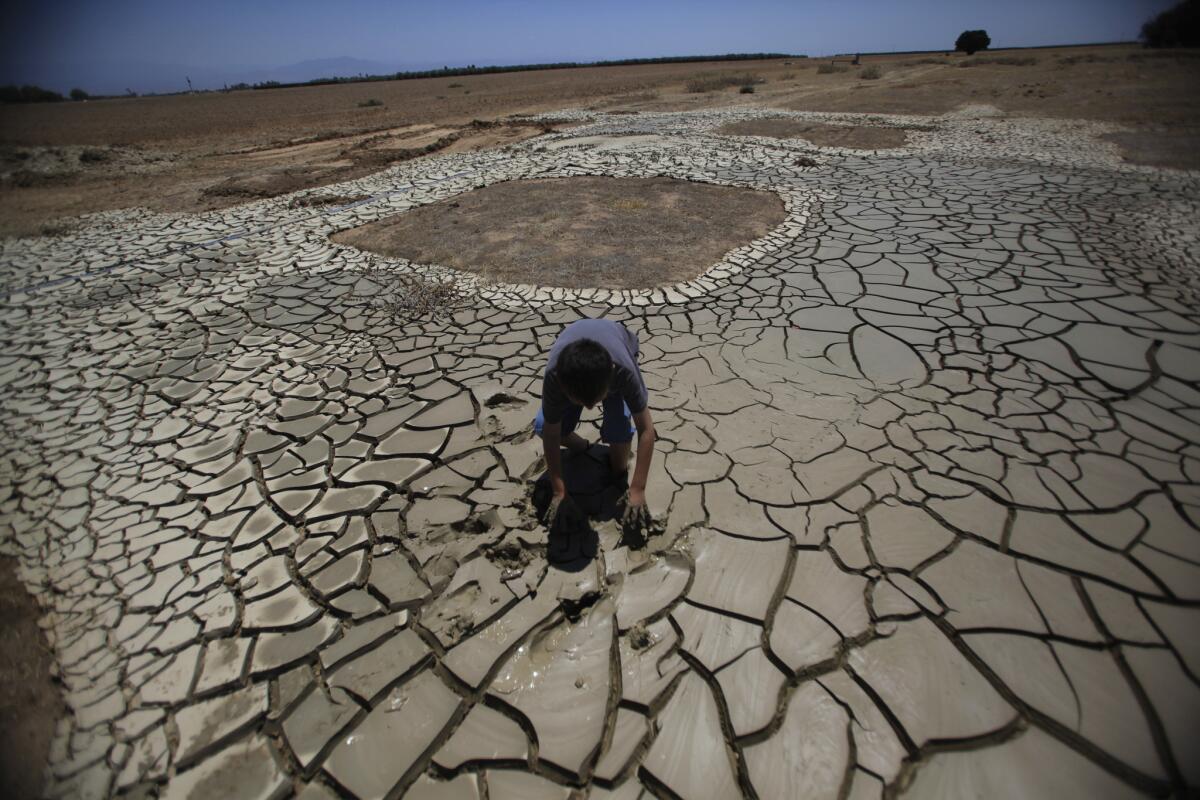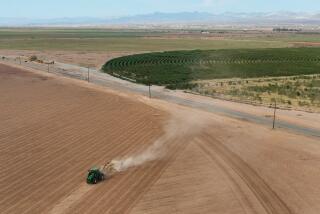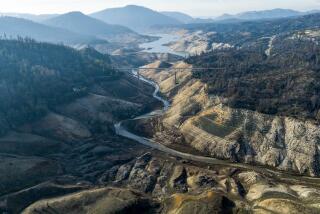NOAA: El Nino is ‘too little, too late’ for California drought

- Share via
El Niño is here, but don’t expect the Pacific Ocean circulation phenomenon to do much for the drought afflicting California and the western U.S., forecasters said Thursday.
“Unfortunately, this El Niño is likely too little, too late and too weak to provide much relief for drought-stricken California, as California’s rainy season is winding down,” said Mike Halpert, deputy director of the Climate Prediction Center at the National Oceanic and Atmospheric Administration.
Halpert’s comments came as NOAA, which runs the National Weather Service, announced that it had detected a weak “El Niño” phase to the cyclical oscillation of sea water temperature and atmospheric pressure in the tropical Pacific.
In previous years, El Niño has ferried more moisture toward Southern California, although the extent of its influence on regional weather has been debated.
Although Pacific Coast residents saw more storms in December and January, Halpert noted, most of these were not cold enough to contribute substantially to the snowpack in the Sierra Nevada and other western ranges -- the most critical element of long-term water supply.
“This past year, December was very wet, but it was also very warm,” Halpert said. “So the snow levels were very high and it really didn’t help.” At this point, it might be time to “pack up the skis and hope for a better season next year,” Halpert said.
The agency said there was a 50%-60% chance that El Niño would persist into the summer.
“If you want to look for hope, maybe there’s some hope that this will persist and impact the next rainy season, but I suspect it’s too late to do much for you this year,” Halpert said.
For months, NOAA had been noting rising ocean surface temperatures in areas of the equatorial Pacific, a harbinger of the El Niño Southern Oscillation. But it was not accompanied by increased convection in the lower atmosphere, typically spawning thunderstorms and weakening surface trade winds, according to NOAA.
A strong El Niño often brings above-average rainfall across Mexico and the southern U.S., extending into parts of the Midwest and into New England, according to NOAA. Although there were some localized precipitation anomalies during the early winter -- the Northeast’s snowstorms among them -- they did not fit the pattern of an El Niño effect, according to the agency.
Japanese climate officials declared a weak El Niño in mid-December.
Follow me on Twitter: LATsciguy







